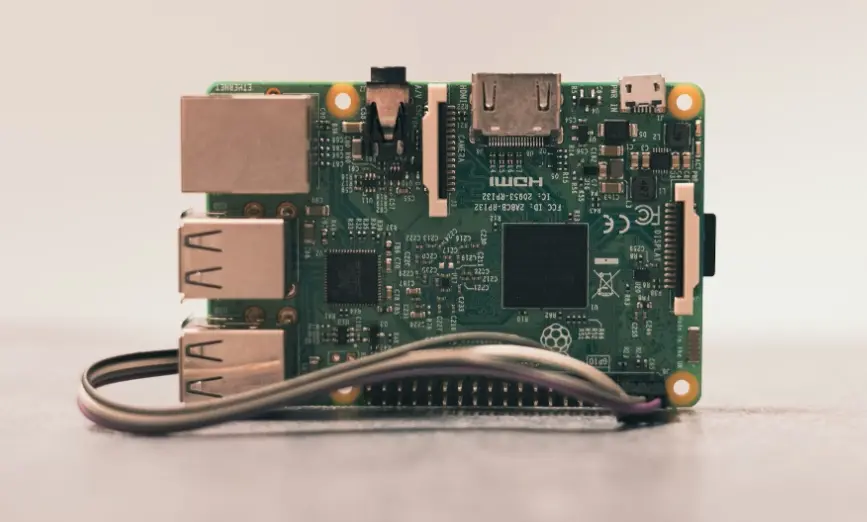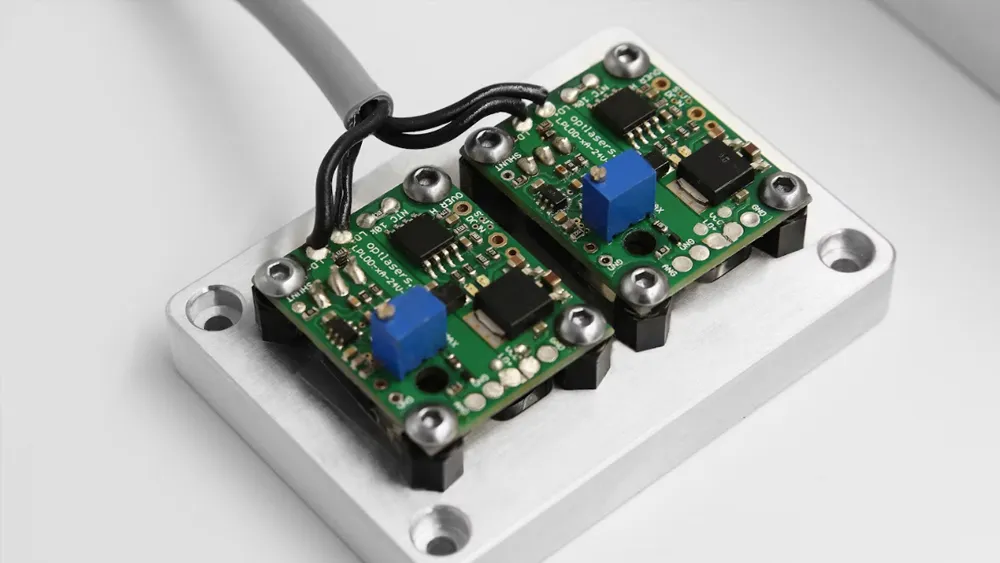
How to get an Indian WPC Certificate?
The Wireless Planning & Coordination (WPC) Wing is the authority in India responsible for regULating wireless communication. All wireless products must be approved by WPC before entering the Indian market. Frequencies in India are divided into two categories: license-free and non-open frequencies. For license-free frequencies, an ETA (Equipment Type Approval) certificate is requiRED. For other frequencies, a license must be obtained. Both ETA and license holders must be locally registered companies. Based on CE R&TTE or fcc id (or Indian local standards), applications for 2G/3G/4G must be made through mobile network operators.

Basic Information about the WPC Certificate:
1. Mandatory certification
2. No factory inspection required
3. Sample testing is required, or CE RF reports may be accepted without samples
4. No local testing required
5. A local representative is required
6. Certification time: 3–4 weeks
7. Certificate validity: permanent
Specifically, any wireless transmission under 3000 GHz without manual control is considered wireless communication by WPC standards. These frequency bands fall under WPC regulation. Wireless transmissions above 3000 GHz (e.g., infrared) are not classified as wireless communication and are not regulated by WPC. For products using regulated frequencies and output power, an ETA certificate must be obtained from WPC. Additionally, ETA holders must be Indian registered companies. WPC accepts CE RF reports for certification without needing samples or additional testing.
All wireless devices operating in approved bands are eligible. The following frequencies are license-free:
1. 2.40 to 2.4835 GHz
2. 5.15 to 5.350 GHz
3. 5.725 to 5.825 GHz
4. 5.825 to 5.875 GHz
5. 402 to 405 MHz
6. 865 to 867 MHz
7. 26.957 – 27.283 MHz
8. 335 MHz (for crane remote controls)
9. 20 to 200 KHz
10. 13.56 MHz
11. 433 to 434 MHz
WPC Certification Requirements:
Wireless product certification in India includes two types: ETA (Equipment Type Approval) and License. The decision depends on the working frequency of the product. For license-free bands like 13.56 MHz, 433 MHz, 2.4 GHz, and 5.725–5.825 GHz, an ETA certificate is required. For non-open frequencies, such as GSM and WCDMA phones, a license is necessary.
For ETA certificates, India recognizes European standards. WPC issues certificates through document review. Licenses, on the other hand, must comply with Indian standards.
For ETA applications, local testing in India is not required. Products with R&TTE reports can be submitted directly to WPC for approval.
Applicable Product Range:
Devices with radio transmission functions, including mobile phones (GSM or WCDMA), WLAN devices (e.g., Wi-Fi), Bluetooth devices, Zigbee devices, WiMAX devices, RFID devices, contactless smart card readers, and products incorporating RF transmitters. Pure receivers, such as GPS devices, do not require WPC certification.
Application Process:
1. Client submits samples and documentation to the lab;
2. Submit ce red report and related documents to WPC (if CE RED is unavailable, Chinese JJR Lab will conduct testing and issue the report);
3. WPC reviews the submission and issues the ETA certificate upon approval.
Required Documents:
1. Product RF test report (provided by a testing lab per EN 300 328 standard);
2. Product technical datasheet;
3. Authorization letter and agreement from the foreign manufacturer.
Certificate Categories:
- ETA (Equipment Type Approval): For license-free bands such as 13.56 MHz, 433 MHz, 2.4 GHz, 5.725–5.825 GHz.
- License: For non-license-free bands, such as GSM and WCDMA mobile phones.
For ETA certification, India accepts European standards. WPC issues the certificate based on document review. For license applications, compliance with Indian standards is mandatory. ETA applications do not require local testing if RED reports are available.
Email:hello@jjrlab.com
Write your message here and send it to us
 What is Amazon US CPC Certification?
What is Amazon US CPC Certification?
 UK Toy Safety Regulation Standard EN 71-13
UK Toy Safety Regulation Standard EN 71-13
 What is EU UFI Registration?
What is EU UFI Registration?
 EU UFI Registration for E-cigarette E-liquid
EU UFI Registration for E-cigarette E-liquid
 How to get the MSDS Report for Electronic Cigarett
How to get the MSDS Report for Electronic Cigarett
 Prop 65 Warning on Appliances
Prop 65 Warning on Appliances
 Apparel Heavy Metal Testing
Apparel Heavy Metal Testing
 Can You Conduct Lab Tests to UL Standards
Can You Conduct Lab Tests to UL Standards
Leave us a message
24-hour online customer service at any time to respond, so that you worry!




